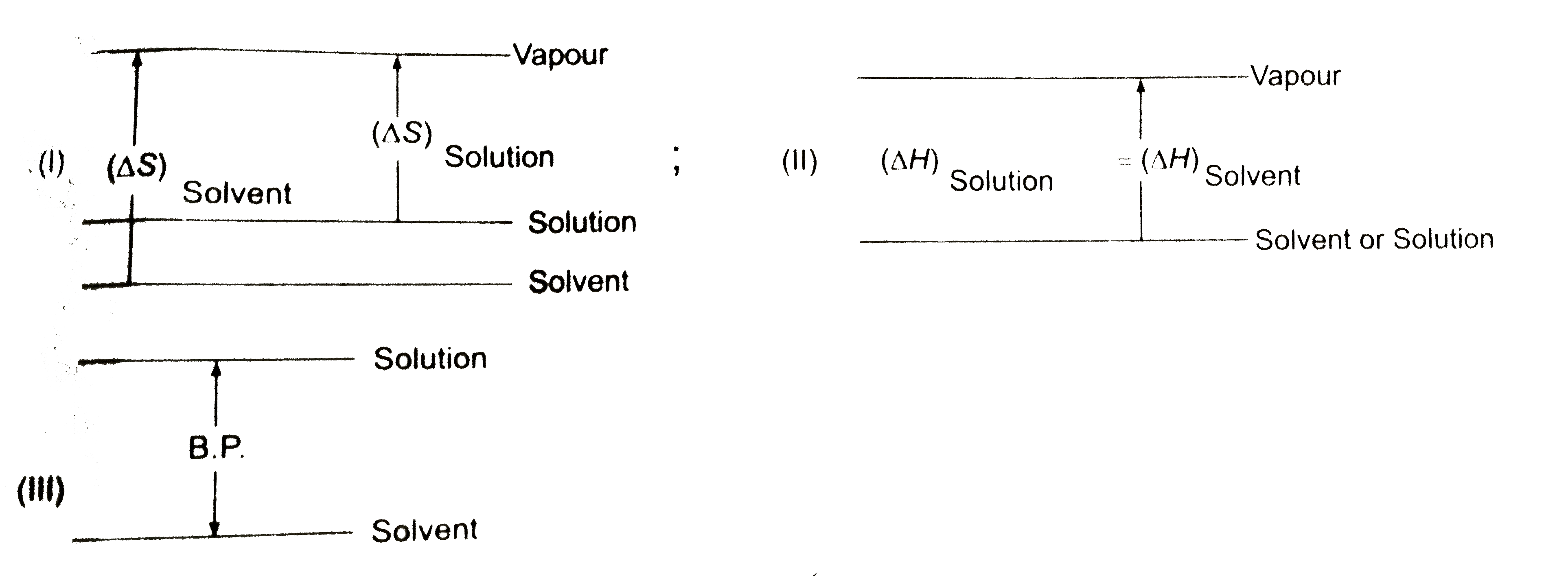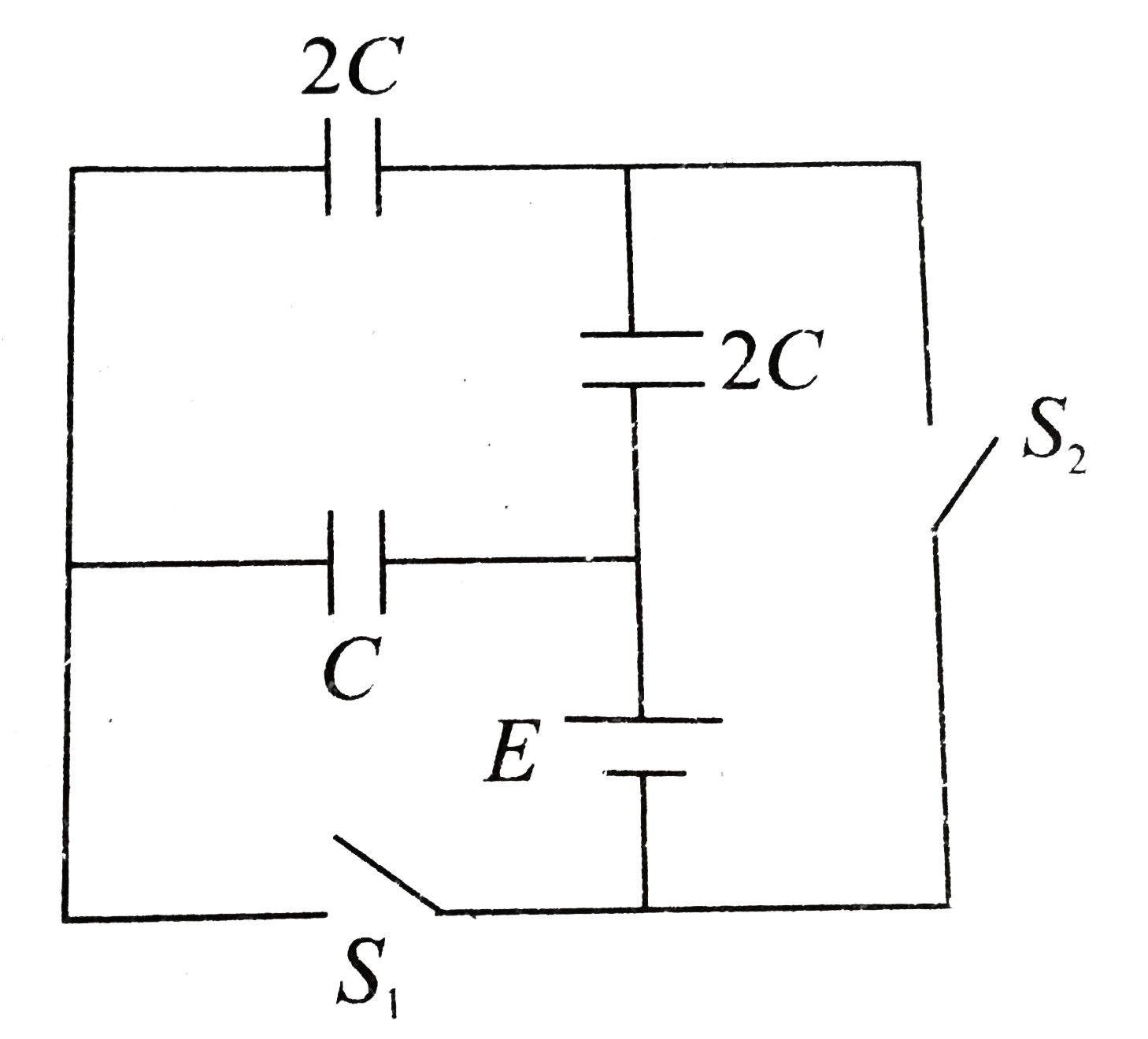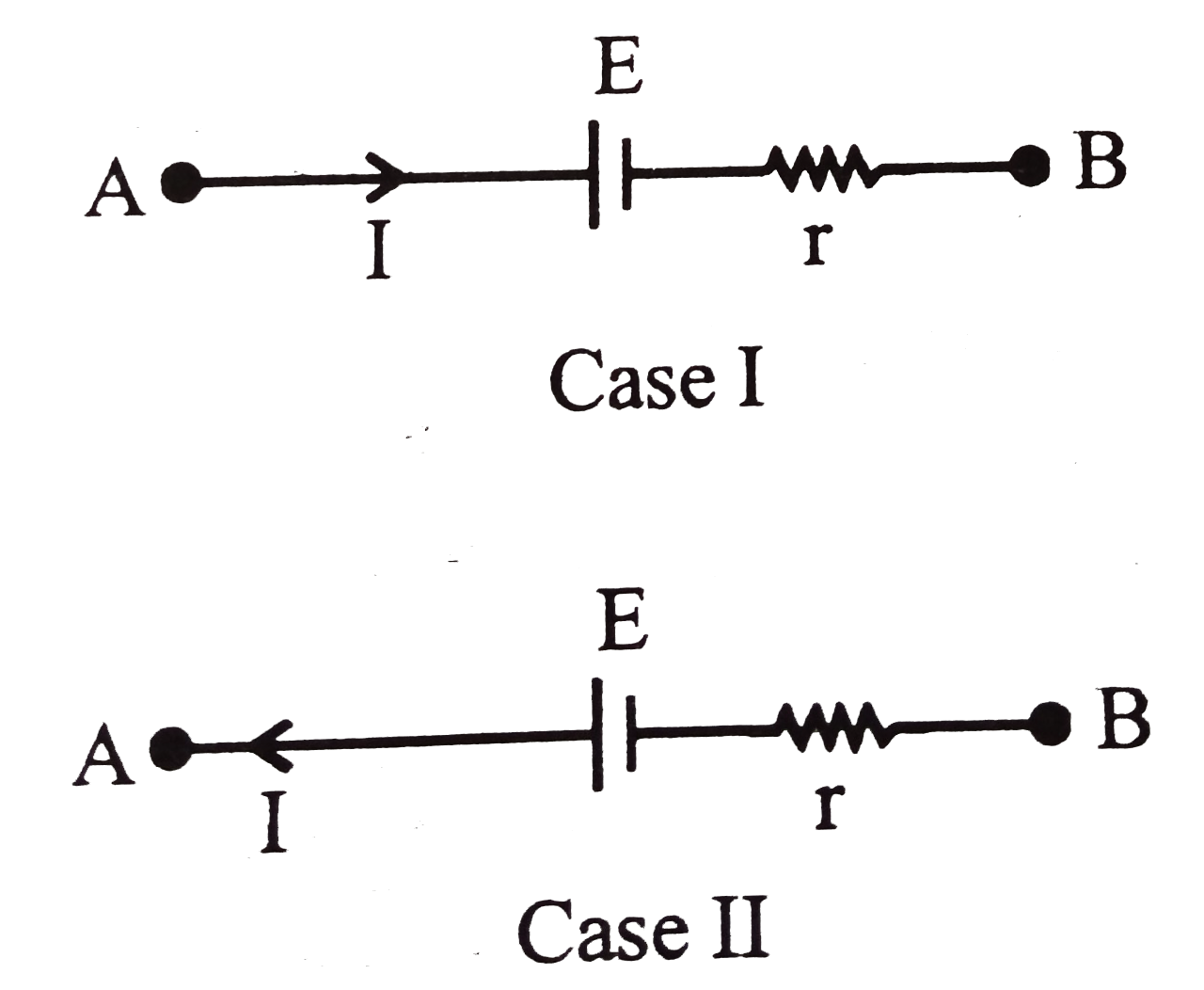(1) Consider the following cases-

The nature of flow of energy in case (I) is same as that in-
(A) II , (B) III , (C ) IIandIII , (D) None
(D) None, Because in II and III, the flow of energy or matter is taking place only in one direction.While in equilibrium state, the flow of energy takes place in both directions equally. Thus (I) is a dynamic equilibrium while states in II and III are called steady state (static equilibrium).
Topper's Solved these Questions
- BOOK - RESONANCE ENGLISHCHAPTER - CHEMICAL EQUILIBRIUMEXERCISE - (MSPs)8videos
CHEMICAL EQUILIBRIUM
- BOOK - RESONANCE ENGLISHCHAPTER - CHEMICAL EQUILIBRIUMEXERCISE - Board Level Exercise33videos
CHEMICAL EQUILIBRIUM
- BOOK - RESONANCE ENGLISHCHAPTER - CHEMICAL EQUILIBRIUMEXERCISE - ORGANIC CHEMISTRY(Alkyl Halide, Alcohol,Phenol,Ether)27videos
CHEMICAL EQUILIBRIUM
- BOOK - RESONANCE ENGLISHCHAPTER - CHEMICAL BONDINGEXERCISE - ORGANIC CHEMISTRY(Fundamental Concept )6videos
CHEMICAL BONDING
- BOOK - RESONANCE ENGLISHCHAPTER - D & F-BLOCK ELEMENTS & THEIR IMPORTANT COMPOUNDS EXERCISE - Match the column1videos
D & F-BLOCK ELEMENTS & THEIR IMPORTANT COMPOUNDS
Similar Questions
Define the following terms with an example in each case:
(i) Macromolecular sol
(ii) Peptization
(iii) EmulsionView SolutionLet f be a differentiable function on the open interval(a, b). Which of the following statements must be true?
(i) f is continuous on the closed interval [a,b],
(ii) f is bounded on the open interval (a,b)
(iii)If a < a1< b1 < b, and f(a1) < 0 < f(b1), then there is a number c such that a1 < c < b, and f(c) = 0
(a)Only I and II
(b)Only I and III
(c)Only II and III
(d)Only IIIView SolutionConsider the following statements concerning a ΔABC
(i) The sides a,b,c and area of triangle are rational.
(ii) a,tanB2,tanC2
(iii) a,sinAsinB,sinC are rational .
Prove that (i)⇒(ii)⇒(iii)⇒(i)View Solution‘Pathogens' are
I. Normally non-disease causing in nature.
II. Bacteria, viruses, fungi, protozoans, helminths are few examples of pathogens.
III. It causes harm to the host by living in (or on) them.
(a) I and III
(b) ll and III
(c) I and II
(d) All are correctView SolutionWhich represents correct difference when non-volatile solute is present in an ideal solution?

(a)I, II, III
(b)I, III
(c)II, III
(d)I, IIView SolutionExplain the following terms with one example in each case :
(i) Food preservatives
(ii) Enzymes
(iii) DetergentsView SolutionGive the characteristic coordination number of each of the following central metal ions .
(a) Cu(I)
(b)Cu(II)
(c ) CO(III)
(d) AI(III)
(e) Zn(II)
(f) Fe(II)
(g) Fe(III)
(h) Ag(I) .View SolutionGiven are cyclohexanol (I), acetic acid (II),2,4,6−trinitrophenol (III) and phenol (IV). In these the order of decreasing acidic character will be:
(a)III>II>IV>I
(b)II>III>I>IV
(c)II>III>IV>I
(d)III>IV>II>IView SolutionIn the figure shows, all the capacitors are initially uncharged.
Case I: only switch S1 is closed
Case II: only switch S2 is closed
Case III: both swithces are closed
Find the ratio of the total energy stored in the system of capacitors for the cases I, II, and III, respectively.
 View Solution
View SolutionStatement-1: Consider the two situations shown in the figure, Potential difference between points A and B, in case I is more as compared to case II .
Statement-2: In case IVA−VB=E+Ir In case II VA−VB=E−Ir
 View Solution
View Solution

